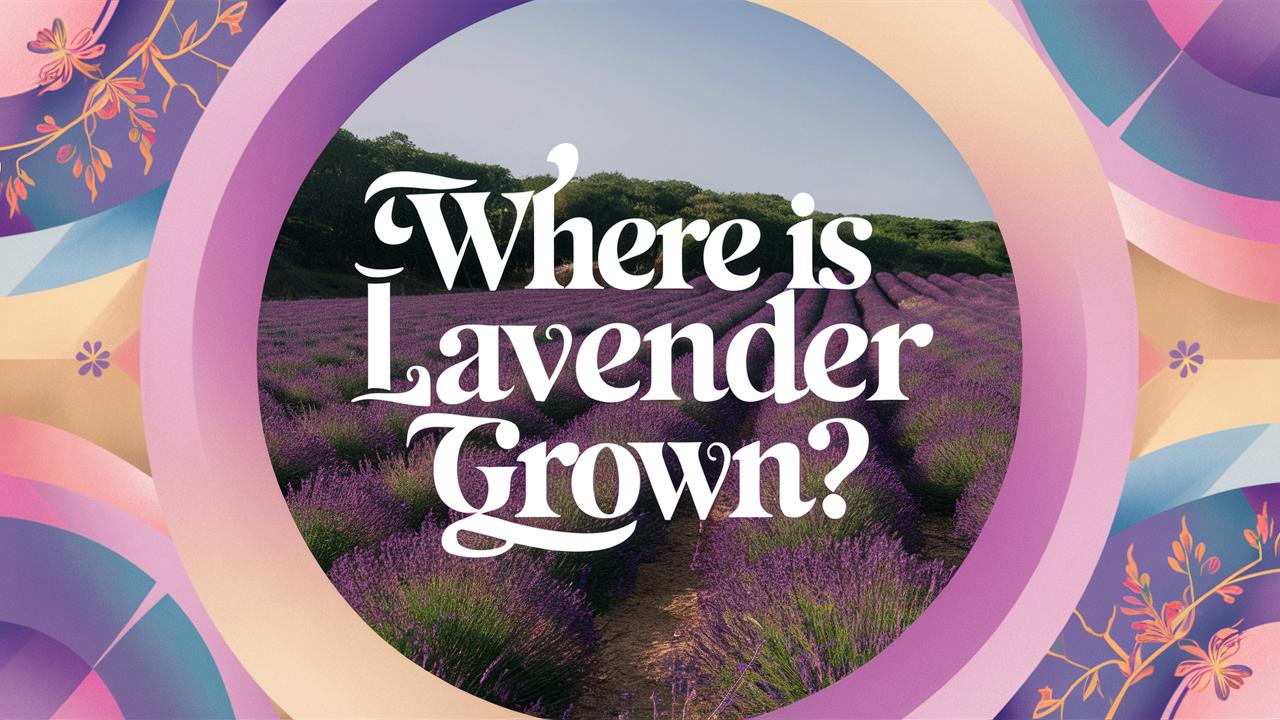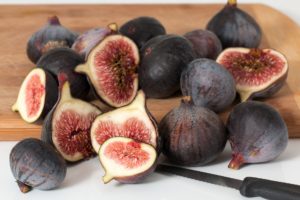In this post, we’ll explore the primary regions where lavender thrives, explore different species, and uncover the nuances of lavender cultivation across the globe.
The Ideal Conditions for Lavender Growth
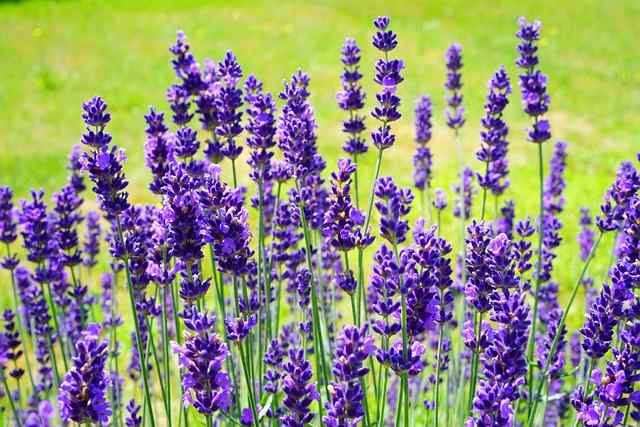
Before we explore the specific regions where lavender is cultivated, it’s important to understand the environmental conditions that favor its growth. Lavender typically flourishes in areas with:
Well-Drained Soil: Lavender prefers sandy or loamy soil with good drainage. Clay soils retain too much moisture and can lead to root rot.
Full Sunlight: Lavender thrives in sunny conditions, needing at least 6 to 8 hours of direct sunlight each day to produce healthy foliage and blooms.
Dry Climate: While lavender can tolerate some humidity, it generally prefers dry conditions. Many lavender species are native to the Mediterranean regions where summer droughts are common.
Moderate Temperatures: Lavender does well in temperatures ranging from 20°F to 80°F (-6°C to 27°C). Extreme cold or excessive heat can damage the plant.
With these conditions in mind, let’s explore the prime regions where lavender is successfully cultivated.
France: The Heart of Lavender Cultivation
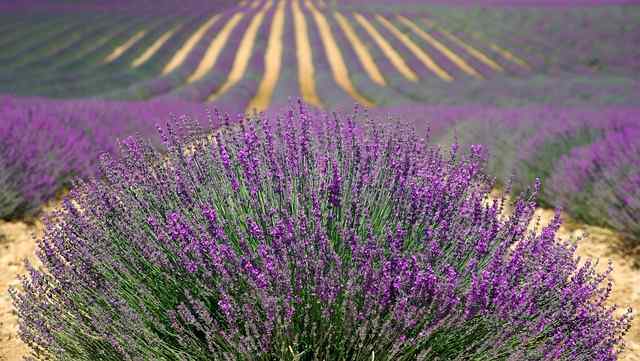
When it comes to lavender, few places can rival the picturesque landscapes of France, particularly the Provence region. This area has become synonymous with lavender farming, drawing tourists and botanists alike who flock to witness vibrant purple fields from late June to early August. The climate in Provence is ideal for lavender, with its hot summers, mild winters, and well-drained soils.
Lavandin and True Lavender in France
In Provence, two main types of lavender are predominantly grown: English (or True) lavender (Lavandula angustifolia) and Lavandin (Lavandula x intermedia). True lavender has a sweet, floral fragrance and is often used in culinary arts and essential oil production. Lavandin, a hybrid crossing between True lavender and Spike lavender (or Lavandula latifolia), is more productive and has a stronger smell, making it commonly used for commercialized essential oils and soaps.
Cultural Significance and Festivals
Lavender in France is not just about agriculture; it is deeply woven into the culture and identity of the region. Every summer, lavender festivals celebrate the harvest with music, local crafts, and culinary delights, showcasing lavender-infused products such as honey, pastries, and perfumes. The fields have become a symbol of the French countryside, often depicted in art and photography.
Spain: The Lavender Trails of the Mediterranean
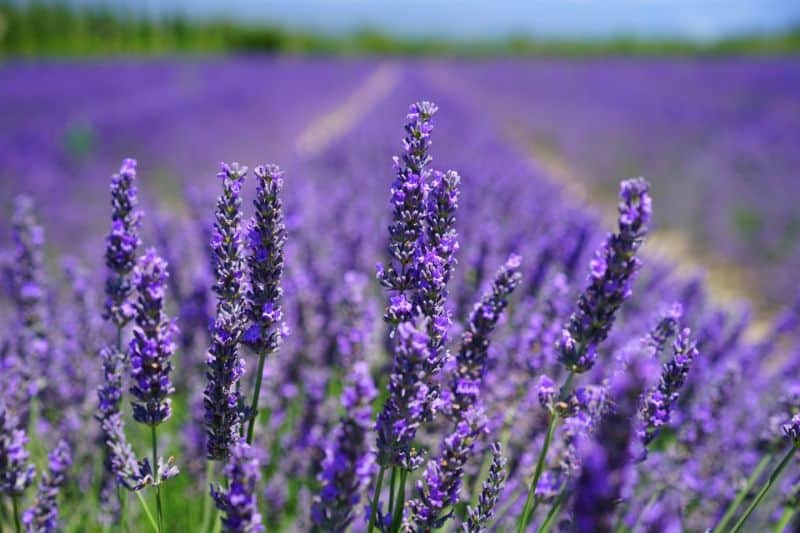
Spain also holds significant lavender fields, particularly in the regions of Castilla-La Mancha and Andalusia. In these areas, farmers cultivate mainly Lavandin due to its resilience and higher yields.
Vintage Practices and Modern Techniques
Spanish lavender farmers often employ traditional harvesting techniques, hand-picking the blooms in the early morning to capture their essential oils. However, modern agricultural methods have also been integrated to enhance production efficiency. This balance between tradition and modernity allows for the sustained growth of lavender without compromising quality.
Lavender’s Role in Tourism
Similar to France, lavender fields in Spain attract tourists seeking vibrant landscapes and local experiences. Visitors can indulge in lavender-infused gastronomy at local restaurants, purchase artisan lavender products, and explore blooming fields during the summer months. The tourism of lavender not only supports local economies but also enhances conservation efforts for these picturesque landscapes.
United States: From California’s Coast to the Highlands of Washington
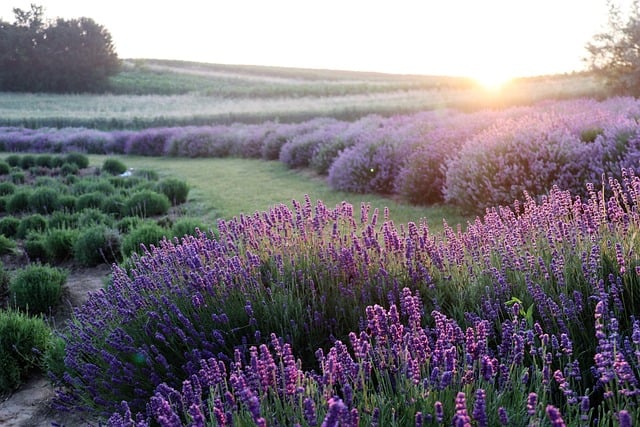
In the United States, lavender has gained popularity among home gardeners and commercial farmers alike, particularly in the western states. The most recognized lavender farms are located in California, Washington, and Oregon.
California’s Blossoming Lavender Fields
California, with its diverse climate zones, is an ideal location for lavender farming. The state’s Central Coast, especially in places like Santa Barbara and San Luis Obispo, boasts numerous farms dedicated to both True lavender and Lavandin. The combination of ample sunshine and well-drained soils allows for robust lavender growth.
Washington and Oregon: The Pacific Northwest
In contrast, Washington and Oregon offer a cooler climate and rich volcanic soils that contribute to the unique character of the lavender grown in these states. Farms like the Purple Haze Lavender Farm in Washington attract visitors with their stunning views and diverse lavender species. The cool nights and warm days of the Pacific Northwest create a distinct aromatic profile for the lavender.
Australia: A New Haven for Lavender Farming
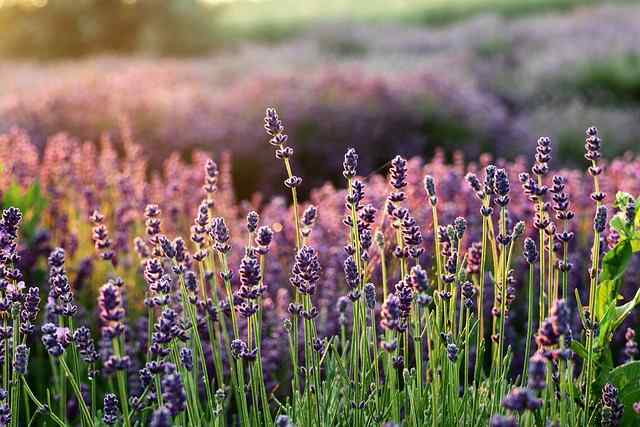
Australia’s lavender cultivation has surged in recent decades, particularly in regions like Tasmania and Western Australia. The temperate climates of these areas, along with rich soils, have made them ideal for lavender growth.
Unique Australian Varieties
Australian lavender farms often experiment with various lavender species, including some lesser-known types that perform well in the warmer climate. Farmers in Tasmania often cultivate True lavender, taking advantage of its high oil content and adaptability.
Eco-Tourism and Lavender
Lavender farms in Australia increasingly embrace eco-tourism by providing educational experiences for visitors. Many farms offer workshops on lavender cultivation, processing, and culinary uses, fostering a deeper appreciation for this aromatic plant while promoting sustainable practices.
Bulgaria: The Rising Star in Lavender Production

Bulgaria has rapidly emerged as one of the top producers of lavender oil in the world, particularly from the region around the town of Kazanlak, known for its rich traditions in lavender cultivation.
Climate and Soil Conditions
Bulgaria’s continental climate—with hot summers and cold winters—coupled with fertile soils, provides ideal conditions for lavender production. The farming practices here focus on quality over quantity, producing some of the finest lavender oils sought after in the global market.
Cultural Heritage
The lavender production in Bulgaria is steeped in cultural heritage, with numerous festivals celebrating the harvest. The Lavender Festival in Kazanlak, held each June, draws locals and tourists alike to participate in traditional music, dance, and of course, the fragrant lavender harvest.
United Kingdom: The Traditional Home of Lavender
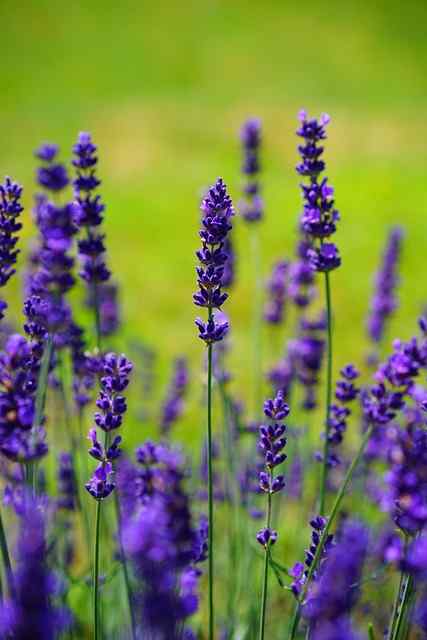
In the UK, lavender has historical roots, cultivated since medieval times. The most notable lavender farm, the Mayfield Lavender Farm in Surrey, demonstrates the traditional significance of this herb.
Traditional Uses in the UK
Historically, lavender has been used in potpourris, sachets, and for medicinal purposes in the UK. Its calming fragrance has made it a staple in households seeking natural remedies and relaxation aids.
Tourism and Lavender’s Revival
The resurgence of interest in herbal remedies and organic gardening has led to a revival of lavender cultivation in the UK. Lavender fields are open for visitors, who can experience U-pick opportunities, lavender-scented products, and even farm-to-table dining experiences.
The Future of Lavender Cultivation
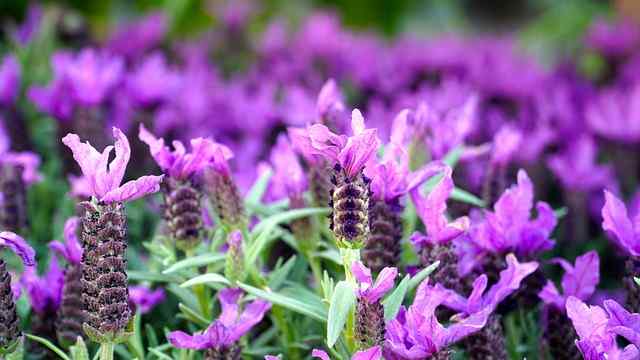
As global interest in lavender continues to grow, so does the significance of sustainable farming practices. Issues such as climate change, soil erosion, and the need for biodiversity are pressing concerns that lavender growers must address.
Sustainable Farming Practices
Modern lavender farmers around the globe are adopting eco-friendly practices, including organic farming and integrated pest management. These methods help to maintain the health of the soil and promote biodiversity, which is essential for resilient agricultural ecosystems.
The Role of Technology
Advancements in technology are also shaping the future of lavender farming. Precision agriculture techniques, including soil moisture sensors and climate monitoring tools, allow farmers to optimize irrigation and manage resources effectively, ensuring healthy crops while minimizing environmental impact.
Conclusion: Lavender’s Global Journey
In summary, lavender is grown in diverse regions across the globe, each with its unique characteristics and cultural significance. From the iconic fields of Provence to the burgeoning farms in the United States, Australia, and Bulgaria, the cultivation of lavender continues to thrive as a testament to its versatility and beauty.


